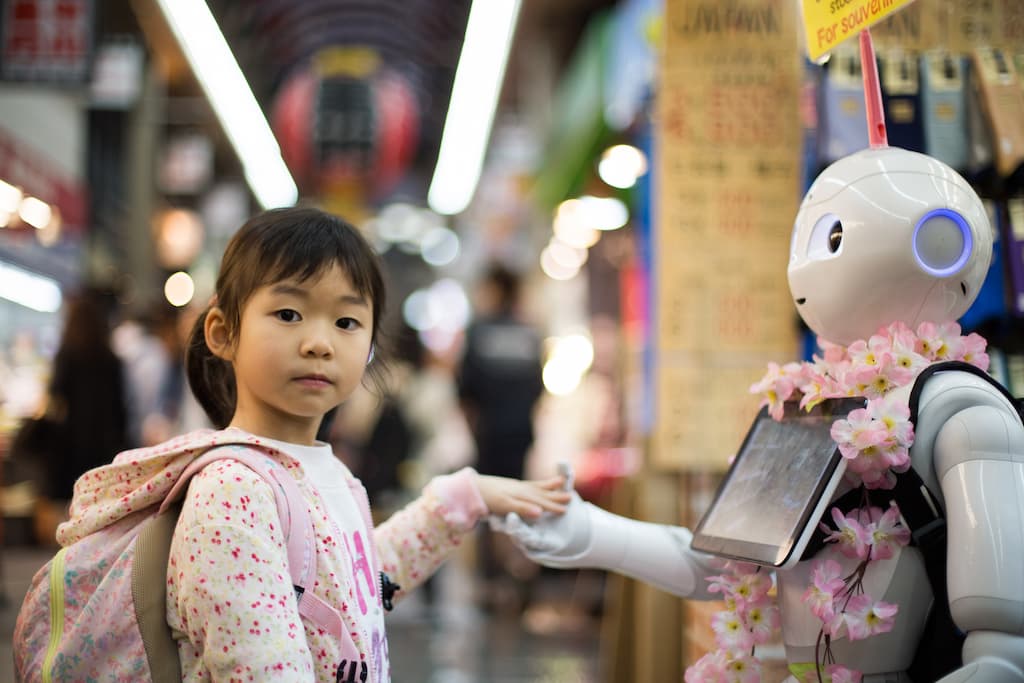The concept of the level of AI has become a cornerstone in the field of computer science and artificial intelligence. It represents the various phases of AI development, from the most basic types of AI like reactive AI and limited memory AI to the highly sophisticated and speculative superintelligent AI. As AI systems evolve, they draw closer to emulating and potentially surpassing human intelligence. This transition marks significant shifts in how these systems are integrated and interact with human beings. Here, we discuss the key stages of AI: Artificial Narrow Intelligence (narrow AI), Artificial General Intelligence (AGI), and Super AI (superintelligent AI), and explore their capabilities, examples, and implications for solving future problems.
Understanding the 3 Main Stages of Artificial Intelligence
The progression of AI systems unfolds through distinct stages, each representing a leap forward in capability and complexity. Starting with Artificial Narrow Intelligence, these types of AI are task-specific, highly adept but without transferable intelligence. Moving beyond, Artificial General Intelligence emerges as a theoretical framework where AI begins to approach human intelligence, learning and adapting autonomously across diverse tasks. The zenith of AI’s evolution is envisioned as Super AI—a form of self-aware AI with cognitive abilities surpassing the most intelligent of humans. Understanding these stages helps us anticipate the transformative impact of AI’s advancement.
Artificial Narrow Intelligence (Narrow AI)

At this level of AI, systems perform specific tasks by processing training data through algorithms. The artificial narrow intelligence is designed to work within a limited pre-set framework or knowledge area, making it the most commonly deployed type of AI today.
Characteristics
Systems within the narrow AI category excel in pattern recognition and decision-making strictly within their trained area. They do not possess consciousness or genuine understanding; their “intelligence” is a result of programming and AI technologies like machine learning and deep learning.
Real-life Examples
Real-life embodiments of artificial narrow intelligence include language translation apps, customer service chatbots, and facial recognition technology—all powered by underlying AI technologies such as machine learning and deep learning.
Siri and Google Assistant: Virtual personal assistants that can perform tasks like setting reminders or answering questions based on user input.
IBM Watson: An advanced question-answering computer system capable of answering questions posed in natural language, used in healthcare for assisting in diagnosis.
Tesla’s Autopilot: A driver assistance system that combines adaptive cruise control, lane departure warning, and other safety features.
Artificial General Intelligence (AGI)

Artificial General Intelligence signifies an advanced type of AI that can understand, learn, and apply intelligence broadly and flexibly, not unlike a human brain. It’s a form of AI that AI research is striving to achieve, where machines will perform any intellectual task that a human can.
Characteristics
AGI will have the ability to transfer knowledge across various domains, learning from abstract concepts and experiences, much like human beings. It will be self-sufficient in its learning process, potentially outperforming humans in nearly all cognitive tasks.
Real-life Examples
Currently, AGI is theoretical, with no real-world examples. However, the aim is for AGI systems to tackle a range of tasks, from domestic chores to complex scientific research, with minimal prior training data.
OpenAI’s GPT series: While not AGI, these advanced language models (like GPT-4 and its successors) exhibit some characteristics that are steps toward AGI, such as learning from diverse datasets and generating human-like text across various subjects.
DeepMind’s AlphaGo: This AI program that can play the board game Go at a professional level showcases a form of learning and strategy development that is indicative of early-stage AGI research.
Artificial Super Intelligence (Super AI)

Super AI goes beyond mere emulation of human intelligence; it represents a hypothetical scenario where AI’s cognitive abilities surpass the smartest of humans. At this pinnacle level of AI, machines would be able to improve themselves autonomously, leading to rapid advancements without human intervention.
Characteristics
This form of AI will not only excel at all intellectual tasks, including creative works and social interactions, but will also be capable of possessing emotions, self-awareness, and other attributes associated with consciousness.
Real-life Examples
There are no existing examples of Super AI, as it is a futuristic concept that exists in theory and science fiction. It is often the subject of cautionary tales and aspirational narratives in popular media, such as the AI depicted in films like ‘Her’ or ‘Transcendence’.
Conclusion
The journey from specialized Artificial Narrow Intelligence to the highly anticipated Artificial General Intelligence, and eventually to the speculative realm of Super AI, showcases the dynamic evolution of AI technologies. As we venture into the realms of AGI and superintelligent AI, it is imperative to consider the far-reaching implications of such advancements. With careful consideration and responsible stewardship, the progression through these types of AI can lead to unprecedented benefits, helping us forge solutions for complex global challenges.
Frequently Asked Questions
What type of AI is generative AI?
Generative AI is typically a form of Artificial Narrow Intelligence (Narrow AI), designed to generate new content after learning from a large dataset.
What type of AI is Chat GPT?
Chat GPT is an example of Artificial Narrow Intelligence (Narrow AI), specialized in understanding and generating human language based on its training data.
3 levels of artificial intelligence
The three levels of artificial intelligence are:
1. Artificial Narrow Intelligence (ANI): AI that is designed to perform a single task or a narrow range of tasks.
2. Artificial General Intelligence (AGI): AI that possesses the ability to understand, learn, and apply its intelligence as broadly as a human being.
3. Artificial Superintelligence (ASI): AI that surpasses human intelligence across all fields including creativity, general wisdom, and problem-solving.